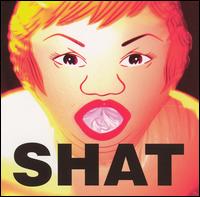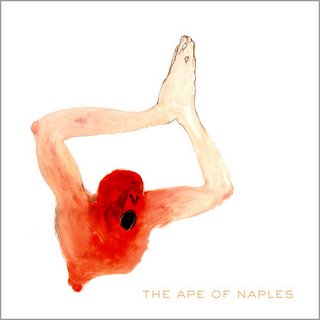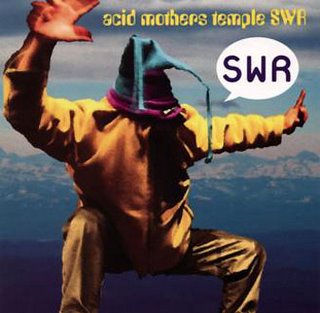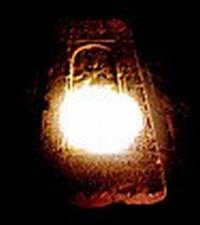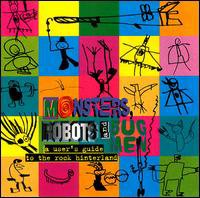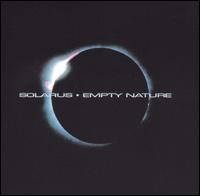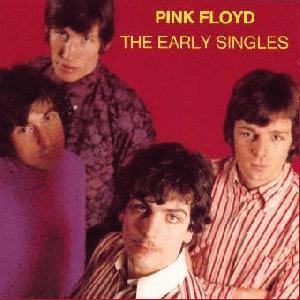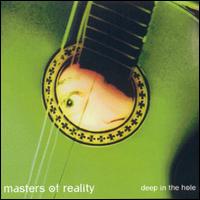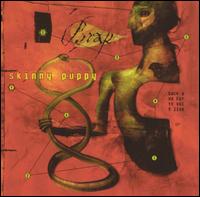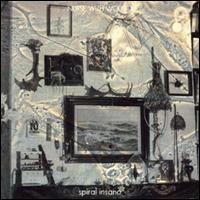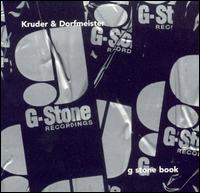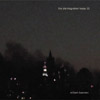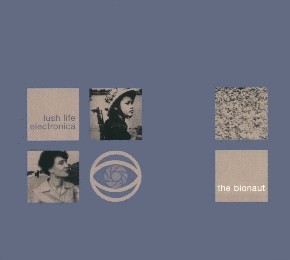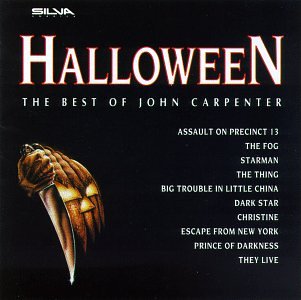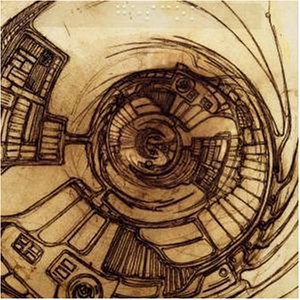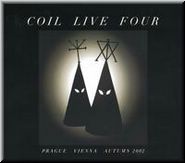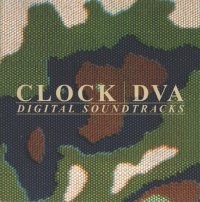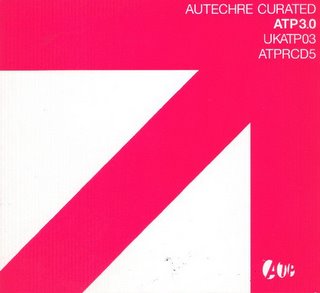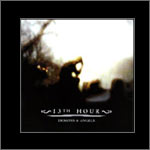Jandek - "Blue Corpse"

Here it is: The Way In. Blue Corpse is the most accessible Jandek record, the "easiest" to absorb, the most conventional, the most "melodic" and "rhythmic". Those words are in quotes because this is Jandek, where all standards of measure and comparison are next to worthless. Jandek is here joined by an anonymous man who sings on four tracks on the album, most notably on one of the most personal and emotional songs in Jandek's songbook, "I Passed By The Building". It sounds as if the man sings while Jandek plays acoustic guitar, and then for the rest of the tracks they switch. Which is to say that of the twelve tracks here, eight of them sound "normal", i.e. not like songs from previous records. There's a cover, of sorts, of the traditional "House of the Rising Son", but bearing virtually no resemblance to any version of the song previously and subsequently recorded. The acoustic guitar is the main instrument on this album, joined on a couple of tracks by a harmonica (except on "Harmonica", where it dominates for 4 atonal minutes and is then joined by a guitar and pained, wordless vocals) and drums, albeit briefly. "Your Other Man" and magnum opus "Only Lover" sound like they re different parts of the same song, featuring similar melodic (yes!) folk/blues patterns and rhythms. The two tracks also feature some of Jandek's most opaquely funny lyrics. Just what he is getting at remains oblique, like everything else in his discography: "Well you wouldn't believe it tastes like candy / gimmie a fork, yeah gimmie a fork / eat some potato" from "Your Other Man" or "You're a teenage runt with a lot of cream, Sparky" from "Only Lover". It is hard to say this about any other record from Jandek, but this record is fun, in its own peculiar way. Listen to his deconstruction of the blues on "Down at the Ball Park" and it is hard not to crack a smile. He knows what he's doing. The mistaken assumption that people make is that Jandek is not aware that the music he makes is so outside of any tradition. But careful listening shows that he is keenly aware and is trying to make music that can stand completely alone. He succeeds.
4 stars


